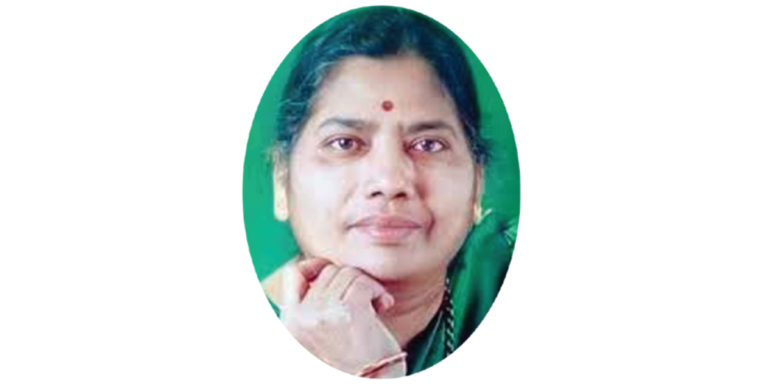A rock solid pillar of Gwalior Gharana
“You cannot simply become a good singer by copying your guru. You need to make additions to what you are learning” — Vidhushi Malini Rajurkar
Vidhushi Malini Rajurkar was a classical singer belonging to the Gwalior Gharana, believed to be among the oldest schools of Hindustani classical music.
Born in Ajmer, Rajasthan, where she spent her formative years, after graduating in mathematics, she taught it for three years at the same Savitri Girl’s High School & College. It didn’t seem to be going in tune with the promise Malini showed as a talented vocalist, encouraged by her avid music-loving parents and her reputation in schooldays.
A three-year scholarship in the arts helped her finish her Sangeet Nipun from the Ajmer Music College. She also became a scholar under the Rajasthan Sangeet Natak Akademi. That led Malini to learn under Vasantrao Rajurkar, her to-be future husband who had served as the Principal of Government Music College at Ramkote, and his even more illustrious uncle Govindrao Rajurkar, a noted disciple of Rajabhaiyya Poonchwale of Gwalior.
Her father wanted her to focus on taking care of the family after her marriage. Her in-laws, however, insisted she accord priority to music. She found a perfect husband in Vasantrao, who went on to become her life-long guru. The couple migrated to Hyderabad.
Malini performed in major music festivals in India for nearly fifty years, including Gunidas Sammelan (Mumbai), Tansen Samaroh (Gwalior), Sawai Gandharva Bhimsen Festival (Pune), Shriram Shankar Lal Festival (Delhi) and at Surel Sabha concerts. She began giving performances since 1964 and toured the US, UK, Canada and the Middle East, apart from the domestic festivals.
A regular at Akashwani and Doordarshan, she won several awards, including the Sangeet Natak Akademi (2001).
Malini the thinking musician, epitomised simplicity and depth and was noted for her command over her khayal renditions and tappa, tarana, thumri and bandish genres. Her tappa renditions rolled out exhilarating vocal patterns that reinforced her excellent sense of geometry which can be attributed to her exposure to mathematics. But Malini was majorly an exponent of the expansive khayal system, built on imagination.
She overcame the rigidities of the Gwalior gharana and successfully evolved her own style, firmly rooted in parampara (tradition). She asserted her pride in an art form that defied the kind of simplifications that it is often subjected to in a lot of articles and books.
Her explorations of ragas Yaman, Bhimpalasi, Sohoni, Marwa, Hameer, Parmeshwari, Kirwani, Bilaskhani Todi, Salagvarali and Shankara, were well received. Malini was also into devotional songs, folk music, light music and played the harmonium well too.
Malini forged a special connection with the Pune audience at the annual Sawai Gandharva festival for nearly five decades. She held them spellbound by her renditions of Marathi Natya Sangeet, pandu-nrupati janak jaya, naravar krishnasamaan, ya bhavanatil geet purane. Aficionados of Hindustani music hailed Malini’s felicity with fast phrases and her rendition of Bilaskhani Todi and Raga Kedar.
Malini was never superfluous on stage, and her deep, meditative singing, described her gayaki and her demeanour. She was humble and down-to-earth. She was a very loving person, straight forward, honest and generous vocalist. Tai, as she was called always treated accompanying artistes as her equals.
Interestingly, Malini seldom gave music classes in the strict sense of the word, though she helped guide. She had stopped giving interviews as she thought it was an unnecessary distraction. In her last few years, she had deliberately moved away from the performing circle. But despite health issues, her music was fresh as always!
Malini died in Hyderabad aged 82 of age-related ailments. She had even willed her body to the Osmania Medical College. She left behind two daughters and one granddaughter.


 A.Radhakrishnan is a Pune based freelance journalist, poet and short story writer.
A.Radhakrishnan is a Pune based freelance journalist, poet and short story writer.